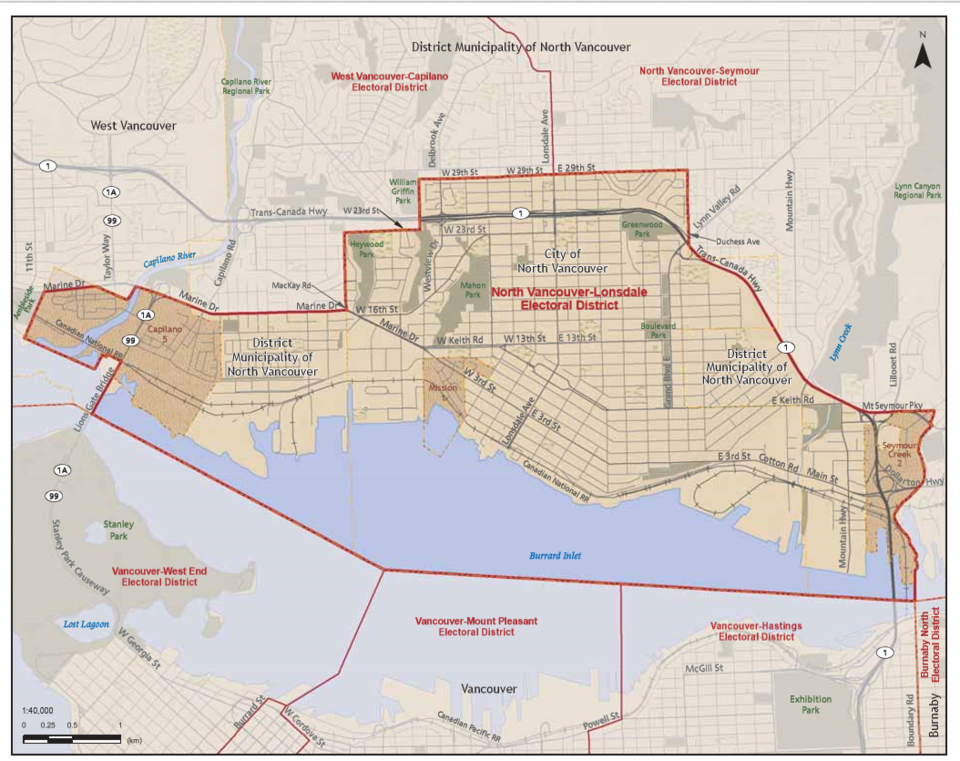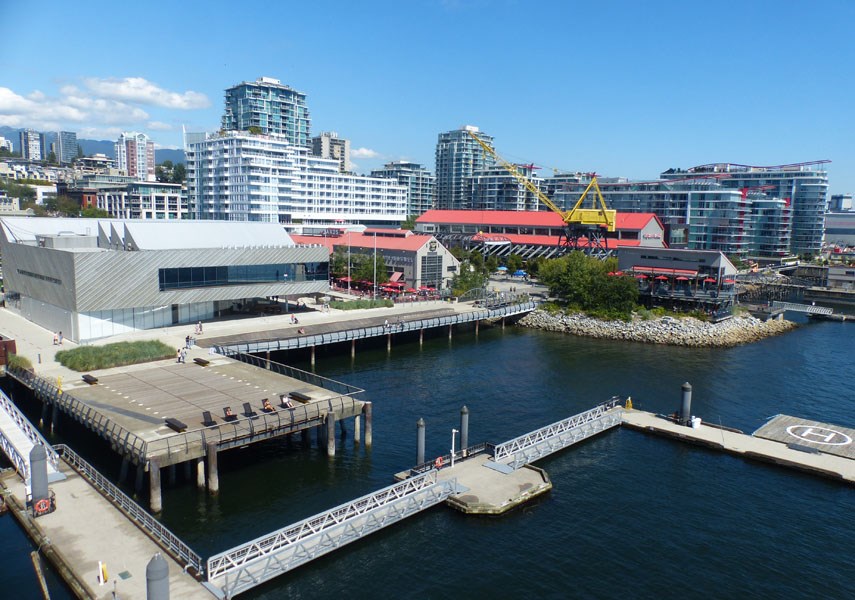Once known as a Liberal safe zone, the NDP took the reins of the vibrant North Vancouver-Lonsdale riding in an upset victory in the 2017 provincial election and early projections suggest it could stay that way come Oct. 24.
The NDP won a seat on the North Shore for the first time in over two decades, when Liberal candidate Naomi Yamamoto, a two-term Liberal MLA and cabinet minister, lost her seat to NDP candidate Bowinn Ma.
Ma won the Lonsdale riding for the NDP by 1,450 votes; voters cast 10,786 ballots for Ma (44 per cent of the total) compared to 9,336 for Yamamoto (39 per cent of the total). Green Party candidate Richard Warrington finished with 3,617 votes (15.07 per cent) and Libertarian Donald Wilson netted 270 (1.12 per cent).
Ma will now defend her seat against newcomers BC Liberal candidate ‘Lyn Anglin and BC Greens candidate Christopher Hakes.
Prior to this, Lonsdalites almost always chose a B.C. Liberal to represent them, but the margins were often close. Looking back, Yamamoto won the seat for a second time in 2013 by a margin of just 4.89 per cent over the NDP’s Craig Keating.
If the 2017 election is anything to go off, Lonsdalites like to have their voices heard, with the highest early voter turnout on the North Shore, where 23 per cent of people had cast their ballots by the time regular polls opened. Further to this, 65.68 per cent of the riding’s registered voters cast ballots.
The 18-square-kilometre riding stretches from Park Royal east to the Seymour River, including parts of the District of West Vancouver, the District of North Vancouver, and the bulk of the Squamish Nation's reserve land. With a mix of heavy industry, light industry, commercial and retail, the riding is known for its diversity as well as its dense population. According to Statistics Canada, over the past five years the City of North Vancouver’s population has grown 9.8 per cent, an average of 1.96 per cent per year.

In its latest projections on Oct. 14, polling aggregator 338Canada.com predicted Lonsdale was a safe riding for the NDP.
The big issues:
Small business recovery / COVID-testing
With the pandemic causing new and overwhelming hurdles, small business owners are looking for leadership which will best support their needs through troubling times. A survey by North Vancouver Chamber this month found many business owners outlined COVID-related issues that were affecting their daily operations, from access to rapid testing, that would allow their employees to quickly return to work, to employee confidence in being able to safely use public transit.
Transportation
While the city centre core is walkable and offers a variety of brew pubs, restaurants, cafés, and shops to peruse, voters in this dense and growing population will be looking for a leader who puts rapid transit as a top priority. The province has long-listed six potential routes for a rapid transit line connecting the North Shore to the other side of Burrard Inlet, but it has yet to become a reality, with geotechnical and economic feasibility studies underway to find the best way forward.
Housing affordability
Housing and rent affordability are ongoing issues for the riding. The average cost of a one-bedroom apartment in North Vancouver is listed as $1,954, by the Rent Board of Canada with the maximum cost for a one-bedroom at a whopping $2,400. According to Statistics Canada’s 2016 census, the cost of housing has continued to rise in the City of North Vancouver with 35.8 per cent of households spending 30 per cent or more on shelter, exceeding the regional average by two per cent. The census highlights the trend is being experienced more by renters.
Elisia Seeber is the North Shore News’ Indigenous and civic affairs reporter. This reporting beat is made possible by the Local Journalism Initiative.



